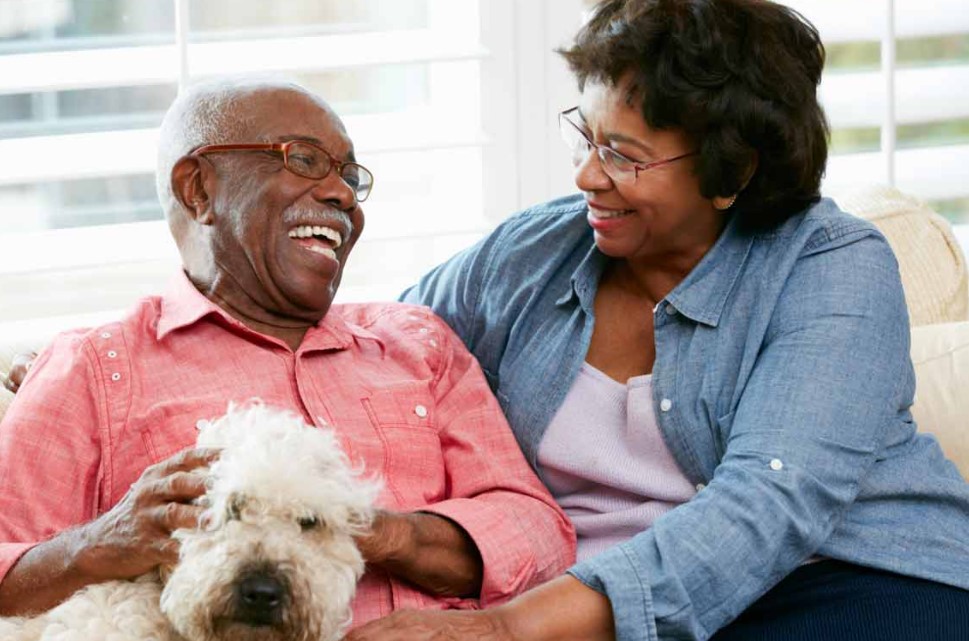London: Owning a dog may help older adults to meet World Health Organisation’s recommendations of at least 150 minutes of moderate to vigorous physical activity per day, according to a new study.
Health professionals could encourage dog ownership or shared care of a dog to motivate older adults to be more physically active, researchers said.
“We found that dog owners aged 65 and over spent on average an additional 22 minutes walking, taking an extra 2,760 steps per day when compared to people who did not own a dog,” said Philippa Dall, senior research fellow at Glasgow Caledonian University in the UK.
“Over the course of a week this additional time spent walking may in itself be sufficient to meet WHO recommendations of at least 150 minutes of moderate to vigorous physical activity,” said Dall, lead author of the study published in the journal BMC Public Health.
The researchers also found that dog owners had fewer sedentary events – that is continuous periods of sitting down – than non-dog owners, although the total time spent sitting down did not differ between the two groups.
“Our results indicate that dog ownership may play an important role in encouraging older adults to walk more,” said Nancy Gee from WALTHAM Centre for Pet Nutrition, UK.
“Our research will provide insights into how pet ownership may help older people achieve higher levels of physical activity or maintain their physical activity levels for a longer period of time, which could improve their prospects for a better quality of life, improved or maintained cognition, and perhaps, even overall longevity,” said Gee, co-author of the study.
The study used data on patterns of physical activity and sedentary behaviour in 43 dog owners and 43 controls from three regions in the UK.
Study participants were aged 65 years and over and wore an activity monitor continuously during three, one-week data collection periods between April 2013 and November 2014.
The researchers monitored the time spent walking moderately, time spent standing, total time spent sitting, as well as the number of times people sat down and how long they sat down for.
Dog owners and controls were matched on a range of variables such as gender, ethnicity and socio-economic status.
“Most of the research in this area has relied upon self-report measures of physical activity,” Dall said.


